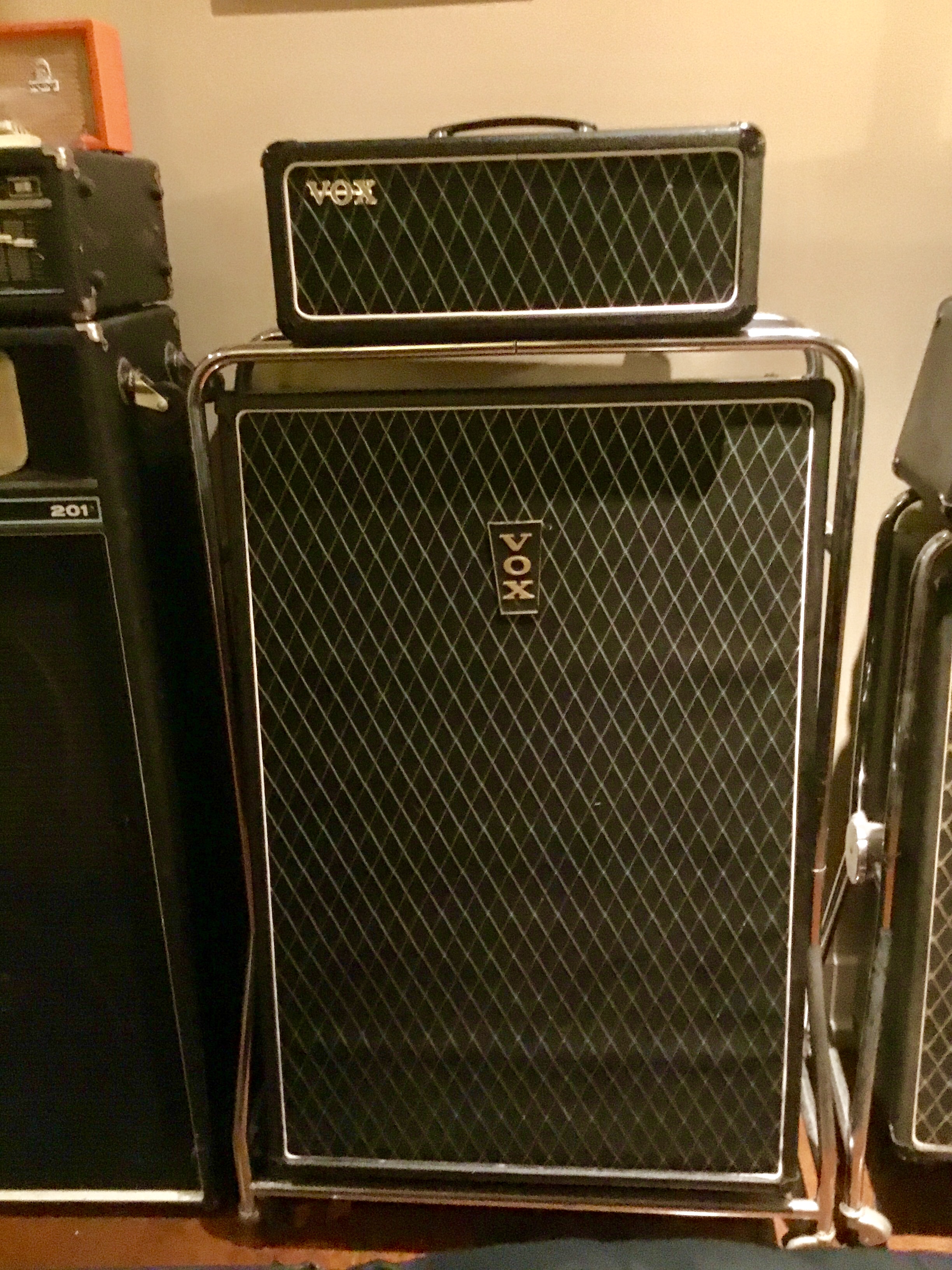

This has absolutely nothing to do with "if it sounds good, it doesn't matter" - yes, I agree, but if the manufaturers would also agree on this, why can't they just be honest to their customers?Īnd the most rdiculous thing I experienced again and again, that guys, who clearly pointed out, that they do not care about full tube or solid state - because "only sound matters" - are getting really angry and going to insult you, if you tell them, that their "full tube" amp is hybrid.It's still the best. Imho calling a Vox AC10C1, Blackstar HT, Engl Gigmaster, Hughes&Kettner Tubemeister, Peavey 6505HM, Marshall DSL5CR etc. I don't mind a digital loop or reverb (or even an additional boost switch), as they are not essential for the dry sound of the amp. I wouldn't consider the AC10C1 as a "full tube" or "all valve" amp.Īnd I would be happy, if the manufacturers were more honest to their customers and avoid those terms in their marketing if they replace tubes with op-amps for gainstages or phase inverter. If you want all-tube gain stages, real spring reverb, and classic 60s VOX tone, checkout the AC15C1. (The low-level reverb buffers U1A and U1B are fine at 5 volts.)Īll in all, a very satisfying solution.

This JFET stage will be as transparent as an op-amp, but at lower cost as it doesn't require the +-15 volt supply an op-amp would need in this position. This gain recovery boost is done very cleanly with JFET Q1, whose gain is limited to such modest level by the large un-bypassed 47K source resistor R25. So Vox needed to drop the tone stack output by a factor of five (R84, R85, U1A) to reach line-level (+- 1 volt), and then boost it again after unity-gain reverb mixer U1B by a similar factor of four to drive the 12AX7 phase inverter V3. These digiverb chips are typically driven from +5 volts, and this one is no exception. Otherwise Vox *is* Korg, and they could get an excellent - perhaps better - sounding digital 'verb at very nominal cost. Vox *could* have sourced a real spring tank at $15 + two more quad-section op amps and related circuitry, and if that's what you want by all means check out the AC15C1. Tone, reliability, and price-point are key: this is a budget amp. To appreciate JFET Q1 you have to back up and look at the reverb block. It would sound just as good, but good in a Fendery sort of way, not Vox.ģ. Vox *could* have used the right side of V2 as an input stage rather than Q4, and driven the tone stack directly from the left side of V2 like black face Fender. But boost pedal is not classic 60's Vox tone.Ģ.

Pushed with a boost pedal they'll be different, which one better being a matter of taste. left side of V2) both perform so similarly clean you won't tell the difference. Input JFET Q4 is low signal where noise counts, and plugged straight into a guitar the signal level is so low both it and a "standard" 12AX7 stage (e.g. Tubes are expensive and JFET's are pennies, dead silent, and extremely reliable. At $15 per + socket + board space + QA + additional service. Indeed, Vox *could* have used a third 12AX7 instead of the JFETs. (So do I.) From beginning to end, input in to speak jack out, this circuit delivers, in a most elegant fashion.ġ.

Vox wanted "classic Vox AC10 tone" at budget amp cost. Comes down to price point and design goals. BluesCube: "Why JFETs" is a good question.


 0 kommentar(er)
0 kommentar(er)
